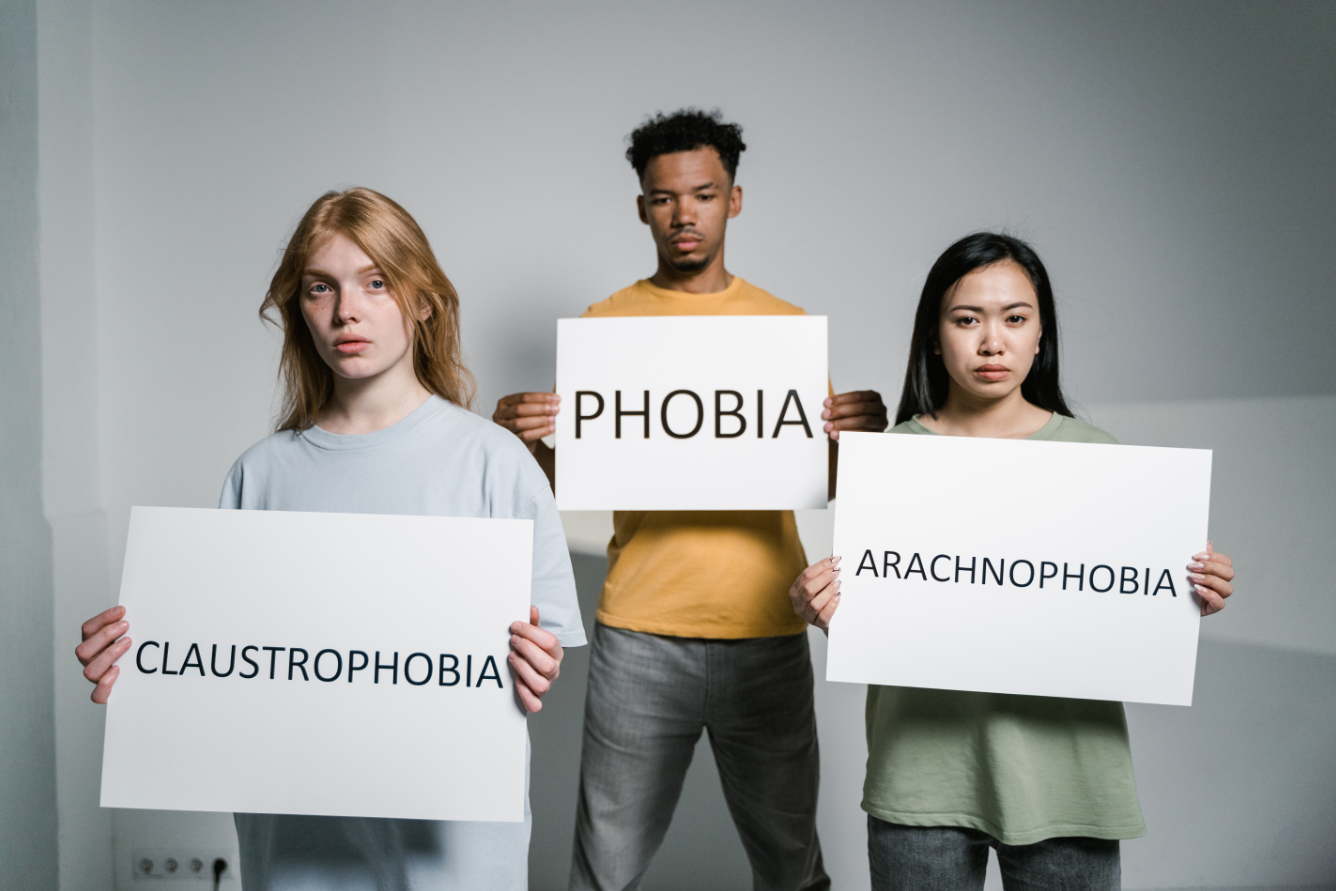
Knowing and treating 9 common types of phobia
The different types of phobia: There are several explanations for why phobias develop, including influential theories and current perspectives
Whatever the root cause of the phobia, these are treatable conditions in which symptoms can be minimised or eliminated through techniques and medication.
Here we will explore the most common types of phobias.
But first, what is a phobia?
A phobia is an intense fear of something that is not factual or represents little or no danger.
Exposure to a particular ‘source’ can cause a deep sense of terror and panic for the person.
The source may be a place, a situation or an object.
People with phobias may or may not realise that the fear is irrational but there is nothing they can do about it.
Unlike general anxiety disorders (GAD), most phobias are linked to something specific.
In severe cases, phobic reactions can interfere with work, life and personal relationships.
It is better to address the root cause, learn to recognise the symptoms and act before it is too late.
Don’t let fear prevent you from leading a full and happy life.
Although there are many different types of phobias, some are more common than others.
9 common types of phobia
Social phobia: Fear of people
Social phobia is a deep fear of public humiliation or of being judged in a social situation.
The idea of large groups and social gatherings can be terrifying to someone with social phobia.
Fear of people is not the same as shyness.
Agoraphobia: fear of open spaces
A fear in which a person experiences extreme panic when spending time outside the home or out of comfort zones.
Agoraphobia also applies in small spaces such as lifts, lifts or being in public disorder.
Fear of open spaces can be associated with panic disorder and anxiety.
Acrophobia: fear of heights
People with acrophobia try to avoid high places as much as possible.
These include mountains, bridges or buildings with higher floors.
Exposure to them can cause dizziness, vertigo, cold sweats and loss of consciousness.
Necrophobia: Fear of Death
Necrophobia involves fear of dead things and anything that is associated with it.
The term necrophobia comes from the Greek words Nekros means corpse, and Phobos is fear.
Arachnophobia: Fear of spider
The fear of spiders or arachnids is possibly the most well-known phobias in the world.
Estimates put arachnophobia at affecting 5% of the population.
Hemophobia: Fear of blood
Fear of blood falls under the specific phobia category, including injury and injection.
It may be caused by a traumatic accident or illness with negative experience in blood.
Hemophobia may be inherited or even rooted in some evolutionary factors.
Aquaphobia: Fear of water
Aquaphobia is an irrational fear in any source of water, including swimming pools, lakes, ocean, or even a bathtub.
Exposure to these locations may cause an excessive amount of anxiety.
Aquaphobia is not similar to hydrophobia. Although they both involve water, these are not the same.
Mysophobia: Fear of Germs
A type of phobia that centers on an irrational fear of dirt, germs, or contamination.
These include concerns about food infection, exposure to bodily fluids of others, and excessive practice of good hygiene.
Zoophobia: Fear of animals
Zoophobia is a fear of animals directed to a specific type.
However, there are also instances where a person with this phobia fear all or many types of animals.
If not prevented, it can lead to significant stress and reduced quality of life.
Treating phobias
It is expected that others may feel some level of hesitation or nervousness when confronted with a new or intimidating situation.
However, it should not result in irrational fear, panic, and other symptoms such as increased heart rate rapid breathing nausea.
If these symptoms occur, the person is more likely to suffer a phobia.
The good news is that most of these conditions are treatable with self-care and help from a mental health professional.
The general rule of treating phobias is self-help.
The more one can do for himself, the more control one possesses.
Such practice goes a long way when it comes to minimizing symptoms.
If a phobia triggers panic attacks and severe anxiety, it is best to seek additional support.
Read Also:
Emergency Live Even More…Live: Download The New Free App Of Your Newspaper For IOS And Android
Trichotillomania, Or The Compulsive Habit Of Pulling Out Hair And Hairs
Impulse Control Disorders: Kleptomania
Impulse Control Disorders: Ludopathy, Or Gambling Disorder
Intermittent Explosive Disorder (IED): What It Is And How To Treat It


